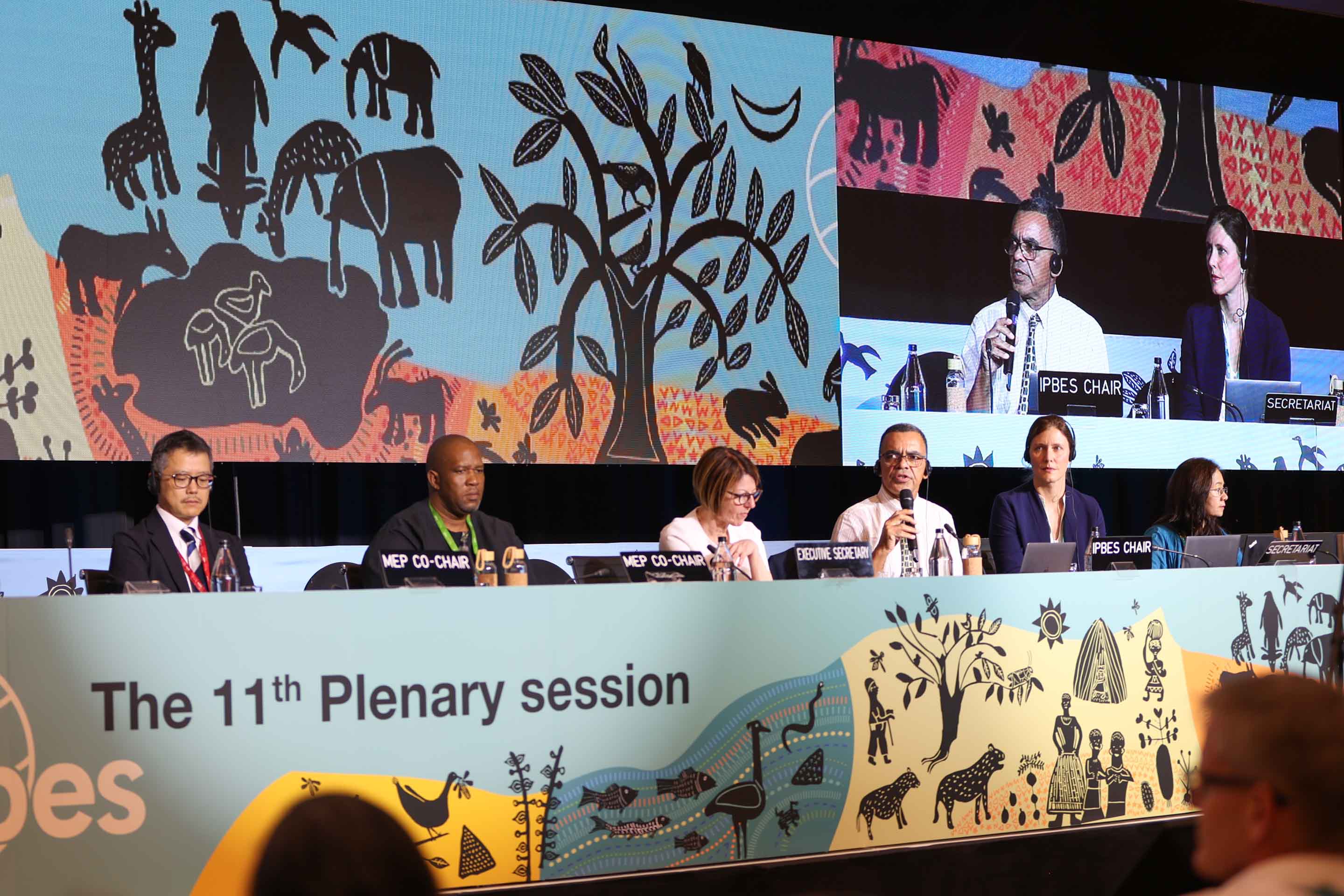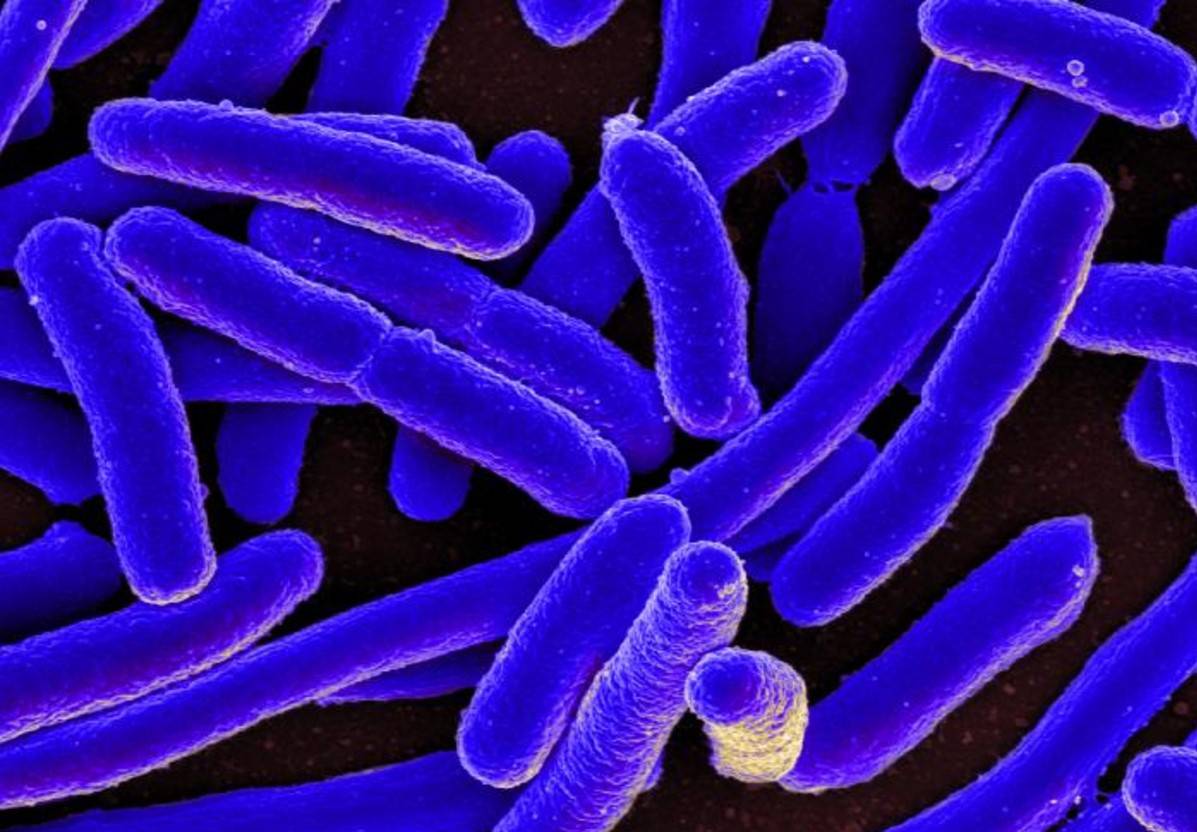The science of 2024: our top ten most-read headlines
At this point, it is difficult to decide which science news has been the most relevant to make one of those end-of-year lists that we like so much. Luckily, the SMC Spain metrics help us to make this selection with a criterion that does not have the consistency of a peer review, but that works: the democracy of the click. These are the ten most visited articles (and a self-promotion tip).









